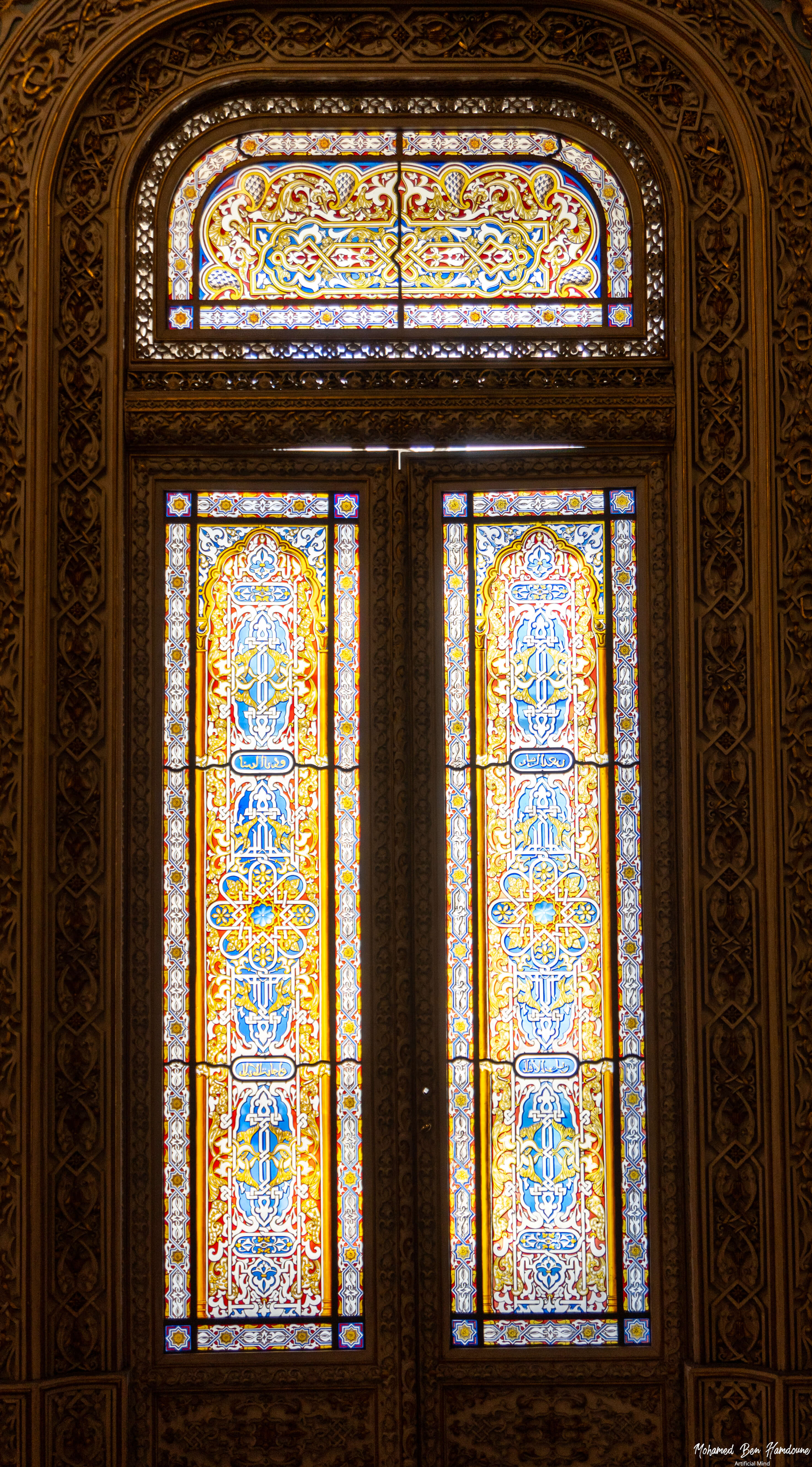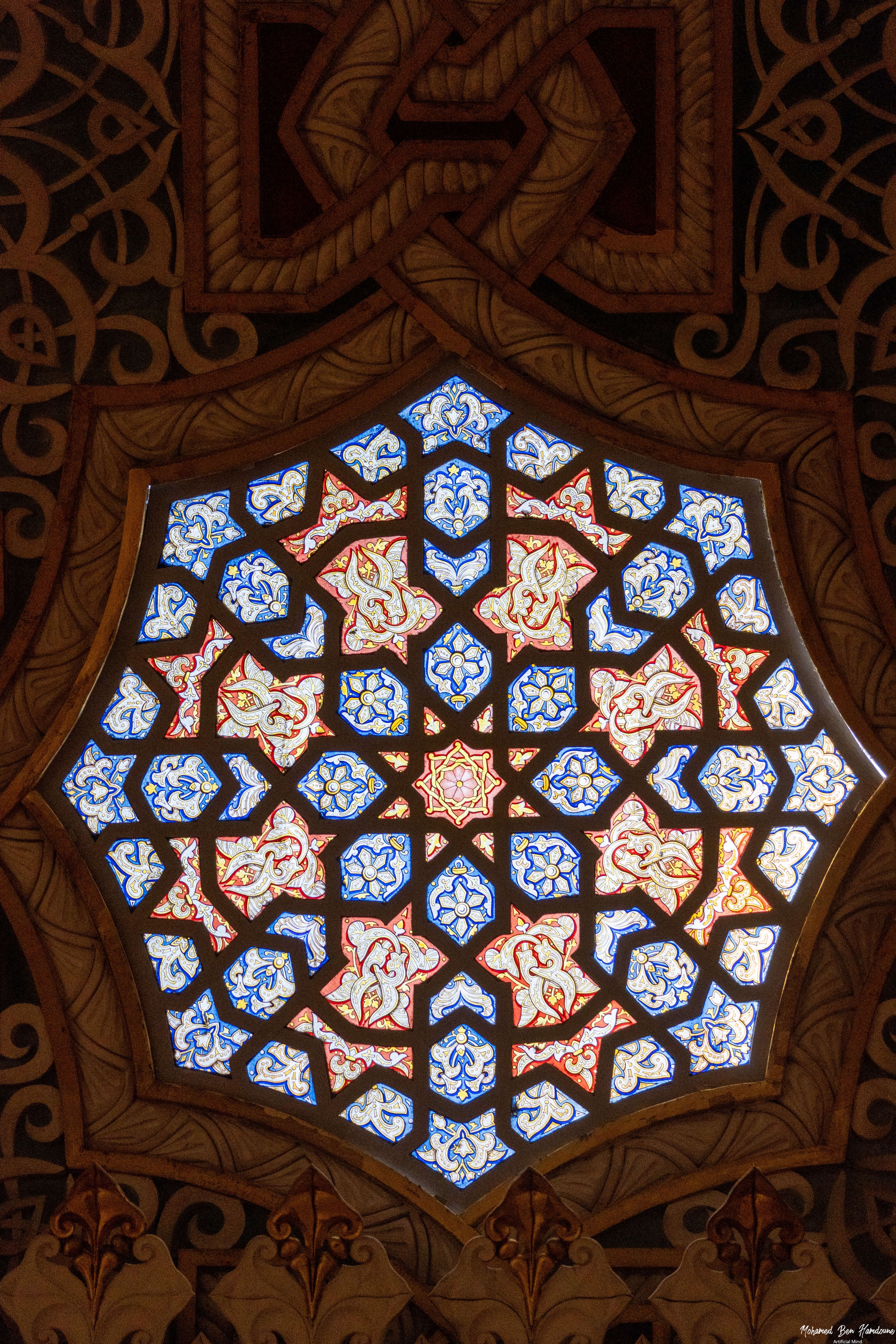Porto, Portugal, is home to numerous historical and architectural wonders. One such marvel is the Palácio da Bolsa, a 19th-century neoclassical building that once functioned as the city’s stock exchange. Today, it is a national monument that showcases Porto’s rich history and cultural heritage.
The Palácio da Bolsa was constructed on the ruins of a Franciscan convent destroyed by fire. The building process began in 1842 and took nearly 40 years to finish. The result is a masterpiece of neoclassical architecture, featuring a grand façade, decorative interiors, and picturesque courtyards.
However, the true highlight of the Palácio da Bolsa is the Arab Room. Inspired by the Moorish Revival style, the Arab Room is a remarkable display of artisanship and artistic talent.

The Arab Room was designed by Gonçalves e Sousa, a renowned Portuguese architectural firm. The room pays homage to the Moorish architectural style that was common in the Iberian Peninsula during the Middle Ages. The elaborate geometric patterns, the decorative gilded plasterwork, and the rich colors are reminiscent of the grand palaces of the Alhambra in Granada, Spain.

The construction of the Arab Room began in 1862 and was completed in 1880. The room was built to impress visiting dignitaries and to showcase Porto’s wealth and power during the 19th century. The room features a central fountain, surrounded by ornate columns and arches. The walls are covered in intricate stucco work, with Arabic inscriptions and geometric patterns.
One of the most striking features of the Arab Room is the ceiling. The ceiling is divided into three domes, each featuring a different geometric pattern. The central dome is the largest and most elaborate, with a stunning stained-glass skylight that bathes the room in a warm, colorful light.
The Arab Room is not just a beautiful space; it also serves as a testament to the skill and craftsmanship of the artisans who built it. The room was constructed using traditional techniques and materials, such as stucco, tiles, and wood. The attention to detail is evident in every aspect of the room, from the intricate tile work on the floor to the delicate carvings on the columns.
Today, the Arab Room is used for various events and functions, such as concerts, conferences, and weddings. Visitors can tour the room as part of a guided tour of the Palácio da Bolsa. The room is a popular tourist attraction and a must-see for anyone interested in architecture, history, or art.
In conclusion, the Arab Room in Porto’s Palácio da Bolsa is a magnificent example of Moorish Revival architecture and a testament to the skill and craftsmanship of the artisans who built it. The room is a true gem in the heart of Porto and a reminder of the city’s rich cultural heritage. If you ever find yourself in Porto, be sure to visit the Palácio da Bolsa and experience the beauty and grandeur of the Arab Room for yourself.